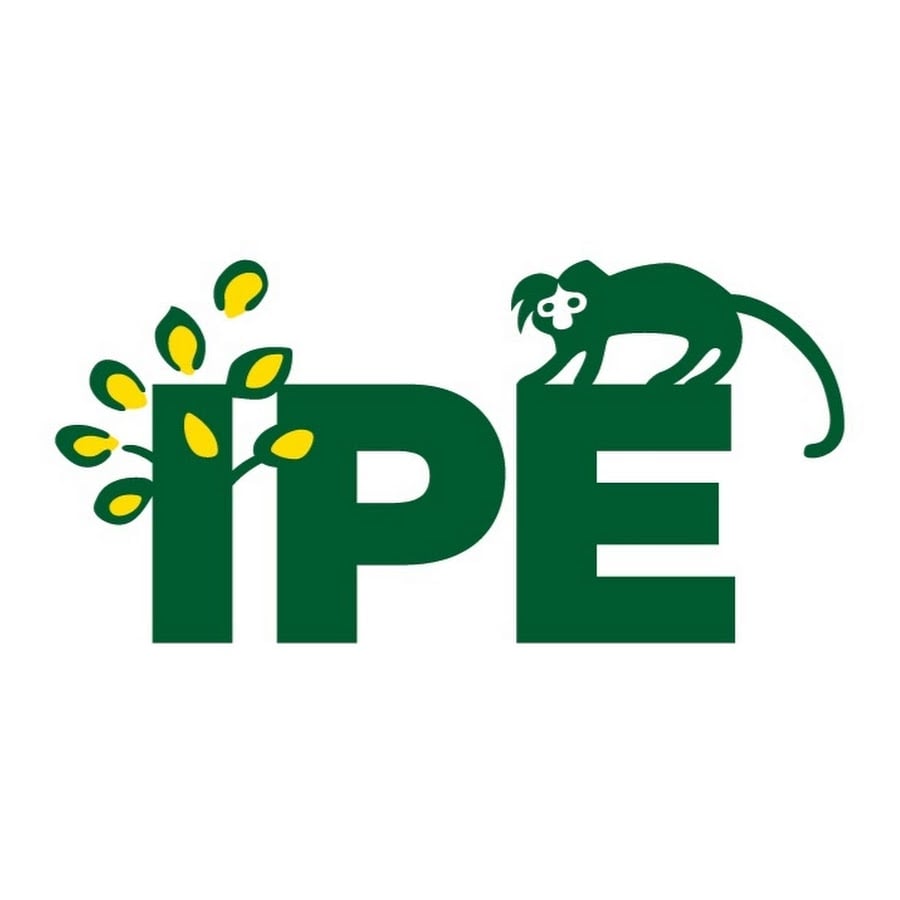::cck::801::/cck::
::introtext::
 The “Dream Map” emerged from the IPÊ team’s desire to plant native trees of the Atlantic Forest in rural properties located in Pontal do Paranapanema, far west of São Paulo, so that the planted forests connect to the native fragments and form corridors of life. Such corridors are essential for the conservation of species such as the black lion tamarin (Lentopithecus chrysopygus), the jaguar (Panthera onca), the giant anteater (Myrmecophaga tridactyla), among others. The dream is that the corridors have 60,000 hectares of forests (the environmental liabilities of the region), and 3,000 hectares are already a reality. In the next 5 years, the proposal is to plant 5,000 hectares.
The “Dream Map” emerged from the IPÊ team’s desire to plant native trees of the Atlantic Forest in rural properties located in Pontal do Paranapanema, far west of São Paulo, so that the planted forests connect to the native fragments and form corridors of life. Such corridors are essential for the conservation of species such as the black lion tamarin (Lentopithecus chrysopygus), the jaguar (Panthera onca), the giant anteater (Myrmecophaga tridactyla), among others. The dream is that the corridors have 60,000 hectares of forests (the environmental liabilities of the region), and 3,000 hectares are already a reality. In the next 5 years, the proposal is to plant 5,000 hectares.
According to Laury Cullen, project coordinator and researcher at IPÊ, the Dream Map is the flagship of the projects carried out in Pontal do Paranapanema (SP). “The team of technicians breathes this map daily. It is even stamped on the wall of the meeting room, because it is our mission, ambition and long-term vision for the region”, he says.
The map is the rescue of the Atlantic Forest, the possibility of bringing the forest back, since the Atlantic Forest Act (2006) based on the New Forest Code (Federal Law N°.12,651/2012, BRASIL) requires that each rural property have 20% forest.
Among the results of the Dream Map is the largest restored forest corridor in the Atlantic Forest (with 12 km and 2.4 million trees), allowing for the flow of fauna from one fragment to another in the Atlantic Forest, contributing to the survival of vulnerable and endangered species.
In Pontal, these 20% of forest can be divided between the areas of Legal Reserve and riparian forest (protection of water resources) – in properties cut by rivers, streams and springs – as long as it adds up to the 20% required by law. “Many farms already have their forests conserved with the percentage established in the legislation,” Cullen says.
Given this panorama, the Dream Map aims exactly at the 400 rural properties that have not adapted to the New Forest Code so far. The proposal of the map is to allocate the 20% of forests of each rural property in the best possible way for the formation of life corridors. For example, by assuring that the reserve of “farm A”, connects to “farm B” which is linked to the settlements, consequently, this connectivity connects the corridors to the native forest of Morro do Diabo State Park, an area with about 34,000 hectares of native forest.
In Cullen’s assessment, these corridors of life are a way to ensure the long-term survival of various animals, including the endangered black lion tamarin. He explains that after a while, isolated animals in the forest of “farm A” begin to have serious demographic and genetic problems. Therefore, it is extremely important to move these animals, because the circulation allows the crossing of the animals of the “farm A” with the animals that inhabit morro do Diabo. “Not only the corridors offer this alternative to the animals, it is also fundamental for the dispersion of seeds. And we already have tangible results of this work, exemplified by the Brazilian tapirs (Tapirus terrestris). They use the corridors and are seed dispersers, and so plant species have been identified germinating in their fecal samples.”
According to Cullen, the map provides suggestions for the landowner to restore the forest in order to generate numerous benefits. “Among these consequences, we have the conservation of water resources (water quality, erosion and silting prevention), the connection of forest fragments, and protection of the fragments from the so-called edge effect, when the forests are exposed to wind, light, fire, and desiccation and, consequently, lose quality.”
::/introtext::
::fulltext::::/fulltext::
::cck::801::/cck::


